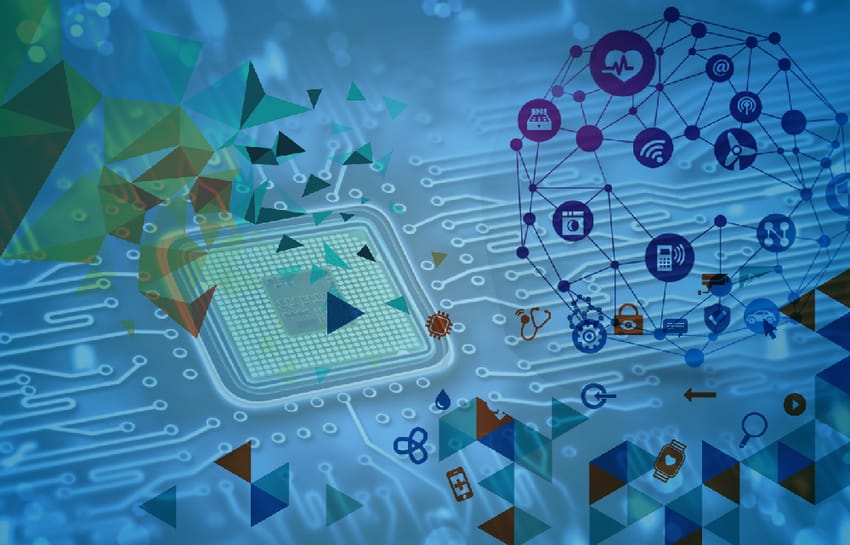The way we tend to talk about the IoT, it can begin to seem almost like a single technological entity unto itself. But of course the reality is essentially the exact opposite; the IoT is a vast network of interconnected technological elements that act, in some respects, as a single system. As such, the IoT can in fact be improved upon and driven forward by smaller technological shifts that affect individual aspects of it.
In this post we’re going to zoom in on some of those shifts and look at a few ways in which specific technologies stand to take the IoT as we know it to new, great heights.
1. 3D Printing
One of the emerging developments in today’s IoT networks is the need for compact, eco-friendly sensors that can be produced and deployed quickly and widely. By nature, the IoT can only reach its potential if there are huge numbers of connected sensors being put to use, and meeting that need can be difficult. However, it’s beginning to look as if 3D printing can offer some solutions.
This technology has improved and expanded notably in recent years. 3D printing has gotten faster, and can use a combination of cloud sharing and automation to produce materials across great distances. Perhaps even more importantly though it can now create functional items with a greater range of materials as well. ThomasNet’s explanation of cellulose-based sensors that have been 3D printed for IoT use speaks to the impact some of these new materials could have. Essentially, it shows that the 3D printing industry is inching toward the ability to widely produce eco-friendly sensors that can expand and improve the IoT in a sustainable manner.
2. Printed Circuit Boards
Continuing with the idea of modernized sensors helping to expand the IoT, we should also note that some of these sensors — as well as various “smart” IoT devices — demand more of their own internal electronics. We tend to take these sensors and devices at face value, but on the inside, they’re powered by complex and sophisticated electronic components.
Those components, and most notably the printed circuit boards responsible for core functionality, have had to be adapted to suit devices and sensors that are increasingly complex, and often increasingly tiny. Some of the most useful developments in this regard have been flexible and high-density interconnector PCBs, which are largely more versatile than their simpler counterparts. Flex options can literally bend to be fitted into tight spaces or strangely shaped sensors. According to Altium Designer’s advanced HDI designs, it uses a number of new materials to comprise highly capable yet compressed, high-density PCBs. Both of these advancements have made modern PCBs better suited to the needs of the expanding IoT and its millions of small and unorthodox devices and sensors.
3. 5G Networks
5G may be the most buzzed about tech topic of 2020 thus far. Our look at the Smart City Expo 2019 even touched on “5G and the future of connectivity” as an emerging topic. But among the emerging networks’ vast potential benefits and applications, it’s now time we acknowledge what it means for the IoT specifically.
As Forbes’s look at 5G and the IoT put it, many believe 5G “will become the underlying fabric of an entire ecosystem of fully connected intelligent sensors and devices.” That’s another way of stating that 5G will come to power entire IoT networks, essentially by enabling faster and more reliable connections between sensors and devices. It may be difficult to measure exactly what impact this ends up having on the IoT, but we can safely say that the impact will be vast and widespread.
Look for these specific tech innovations to significantly improve IoT capability in the coming years. The changes may not always be apparent, but the IoT as we know it will grow in size and capability because of them.













